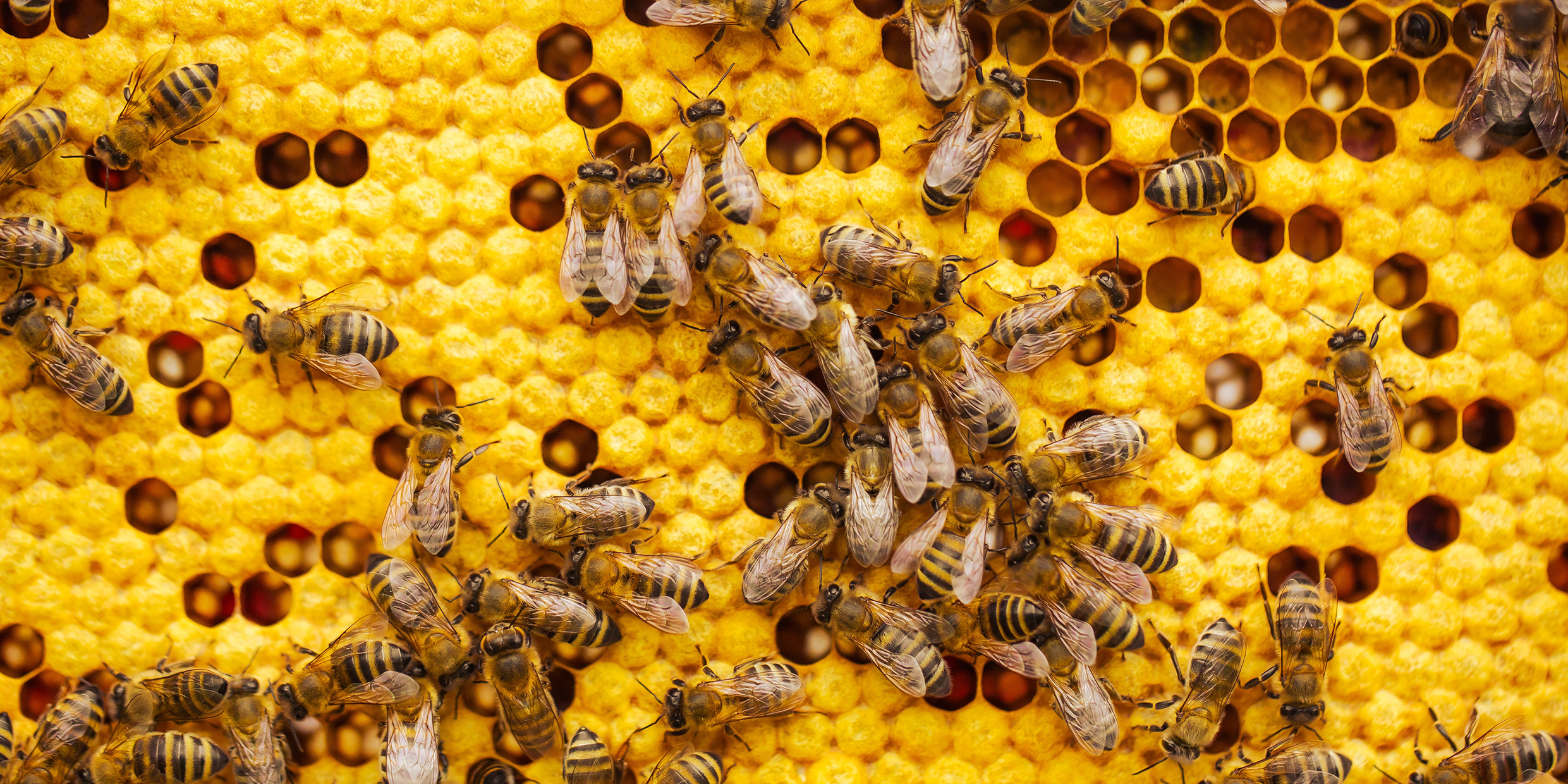Originally published 3 July 2001
Even as kids, 50 years ago, we heard about Karl von Frisch and the dancing bees.
Von Frisch was an Austrian zoologist who discovered something most people thought impossible: Bees have what some have called the second most sophisticated language in the animal kingdom — after our own.
A foraging bee that discovers a rich source of nectar can, upon returning to the hive, tell other bees in which direction to fly and how far. It does this by doing a smart little dance that von Frisch learned how to interpret.
A run straight up the side of the honeycomb means fly toward the sun; a run straight down the comb means fly away from the sun; and likewise for any angle in between.
The distance to the source is communicated by a “waggle” dance; for example, 20 waggles per second might indicate a distance of 300 meters, and so on. The waggle-distance correlation varies from one species of bee to another, but every bee is born knowing the appropriate dialect of its species.
Bees also communicate information about water sources and potential nest sites. Their language is stunningly symbolic; that is, the inborn conventions used to represent direction and distance are apparently arbitrary. This all seemed a bit sophisticated for a bee-brain. No wonder von Frisch had so many scientific detractors.
His theory of bee communication, published in 1946, was almost immediately disputed. The most serious attack was mounted in 1967 by the American scientists Adrian Wenner and Patrick Wells, who proposed that odor alone was responsible for bees finding sources of nectar and pollen, not a symbolic language of dance. It was all chemistry, they said, just plain old chemistry.
The Americans noted loose ends and inconsistencies in von Frisch’s experiments. They proposed that dance communication had become widely embraced only because it was glamorous and exciting, not because the evidence was foolproof. And they offered counter experiments.
But von Frisch had been studying bees for half a century. He stuck to his guns and mounted a counter attack. Other scientists entered the fray, contriving ever more subtle experiments to confirm or disprove the theory of dance communication. Eventually, von Frisch carried the day. The dance language of bees is now part of every introductory biology text. Von Frisch’s 1973 Nobel Prize was mainly in recognition of his work on bee communication.
But a half-century after his original publication, questions remain. For example, how do bees measure the distance to a nectar source? Is it the amount of energy they expend getting there? And, if so, do they measure the distance on the way out from the hive when traveling lightly, or on the way back when heavily laden with nectar?
Last year, Mandyam Srinivasan, and Shaowu Zhang of Australian National University and Jürgen Tautz of the University of Würzburg in Germany trained bees to set off down a tunnel in their search for nectar. If the inside of the tunnel was painted with vertical designs, the returning bees communicated a greater distance to the source of nectar than if the tunnel were painted with horizontal stripes. It is apparently visual clues encountered along the way that bees use to gauge distance.
It is as if a driver on a highway estimated the distance she had gone by counting the telephone poles whizzing by. The more vertical landmarks a bee passes, the further it thinks it has gone.
Now, the same scientists have joined Harald Esch of the University of Notre Dame to show that bees can be tricked by tunnel designs into communicating misleading information to potential recruits that don’t use the tunnel. Again, it is not an absolute distance that is communicated, but the visual clues (“optic flow”) encountered along the path to the nectar source.
All of this makes those tiny bee brains seem all the more impressive.
There are still deeper questions remaining to be answered, like how is the symbolic language of dance transferred from one generation to the next through the biochemistry of genes and proteins. If bees can inherit the elements of a symbolic language, then obviously we can, too, which makes Noam Chomsky’s idea of innate universal human grammars seem less preposterous.
Exactly 100 years ago, in The Life of the Bee, author Maurice Maeterlinck asked: What does bee intelligence have to do with us? And he answered his own question: In the discovery of signs of intellect outside ourselves, we seem less unique than we had previously believed. What we study in bees is what is most precious in ourselves, “the magnificent power of transfiguring blind necessity, of organizing, embellishing, and multiplying life; and, most striking of all, of holding in suspense the obstinate force of death.”



